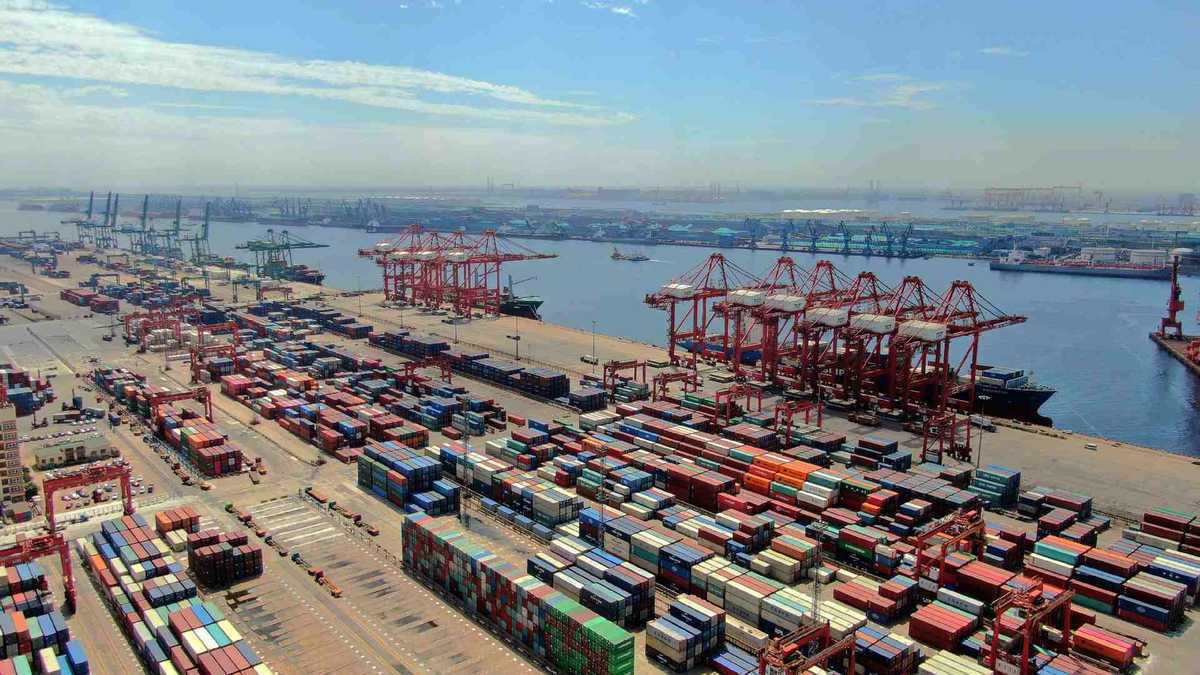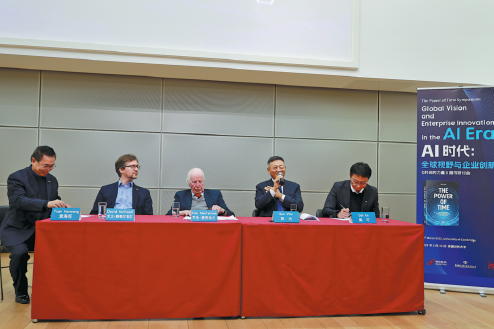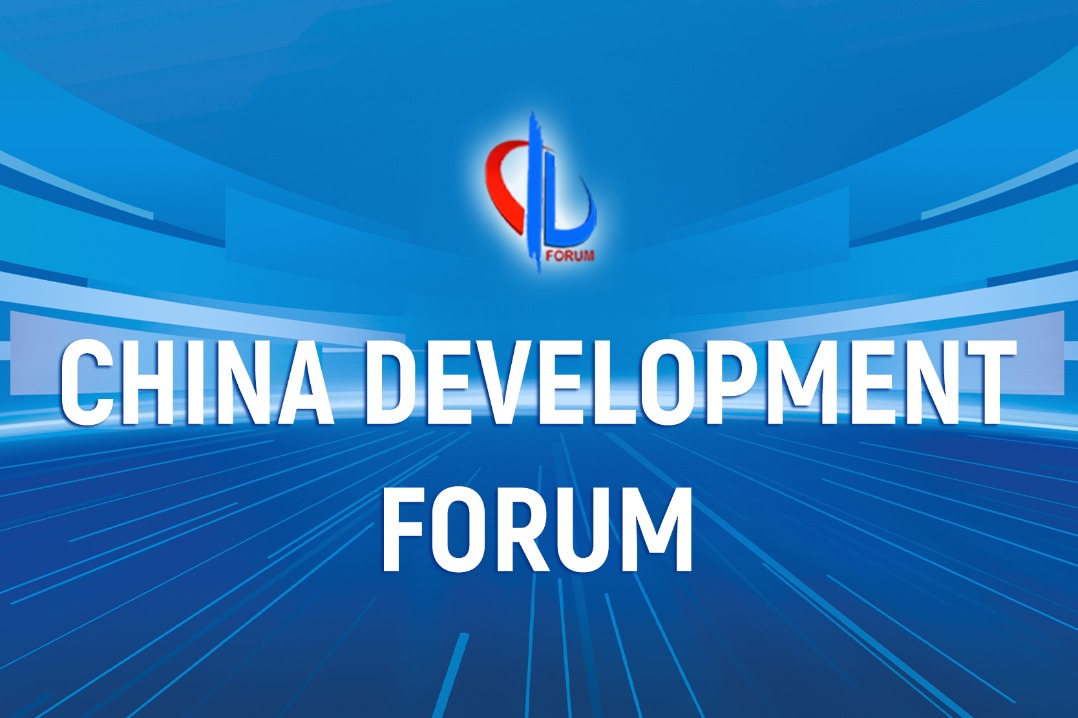'Dual-circulation does not mean seclusion'


"Dual-circulation" does not mean seclusion under the domestic circulation model, but instead emphasizes further opening-up of the economy and bolstering ties with other nations, a senior economist said.
Wang Changlin, president of the Academy of Macroeconomic Research of the National Development and Reform Commission, said while the new economic development strategy focuses more on expanding the domestic market, it does not mean China will rely less on global integration.
"In times of economic globalization, no country or region can afford to pursue development with its doors closed," said Wang. "The strategy of adopting domestic economic networks as the mainstay does not mean closing doors to the outside world. Instead, it means China will open its doors wider to the outside world."
His remarks came after China advocated a new economic development pattern of "dual-circulation" that takes the domestic market as the mainstay while domestic and foreign markets complement each other.
"China will not only focus on introducing foreign technologies and capital, but also on opening more industries for foreign investment in fields like finance and services and promote the country's advancement into the mid-to high-end of the global industrial, supply, innovation and value chain."
Experts said China's shift from export-driven growth to promoting the integration of both domestic and foreign markets highlighted the country's determination to foster high-quality development and nurture a key edge in global competition despite the headwinds.
According to Wang, the earlier rapid development model is unable to adapt to the current situation and achieve new goals. "China needs to give a strong boost to unleash the potential of domestic demand and the development of domestic industrial chains in a more open environment. More efforts are also needed to improve the quality and efficiency of domestic circulation and enhance China's position in international circulation."




































